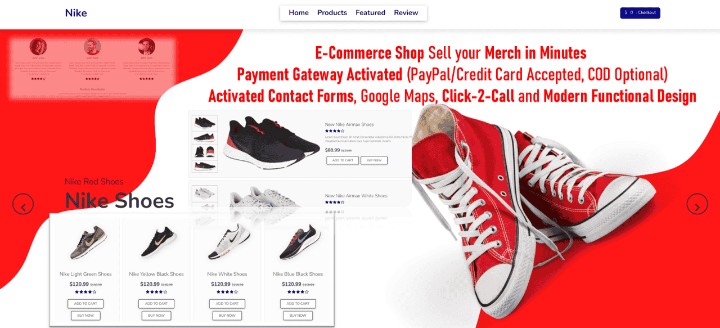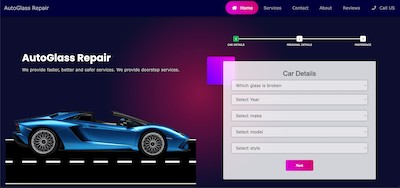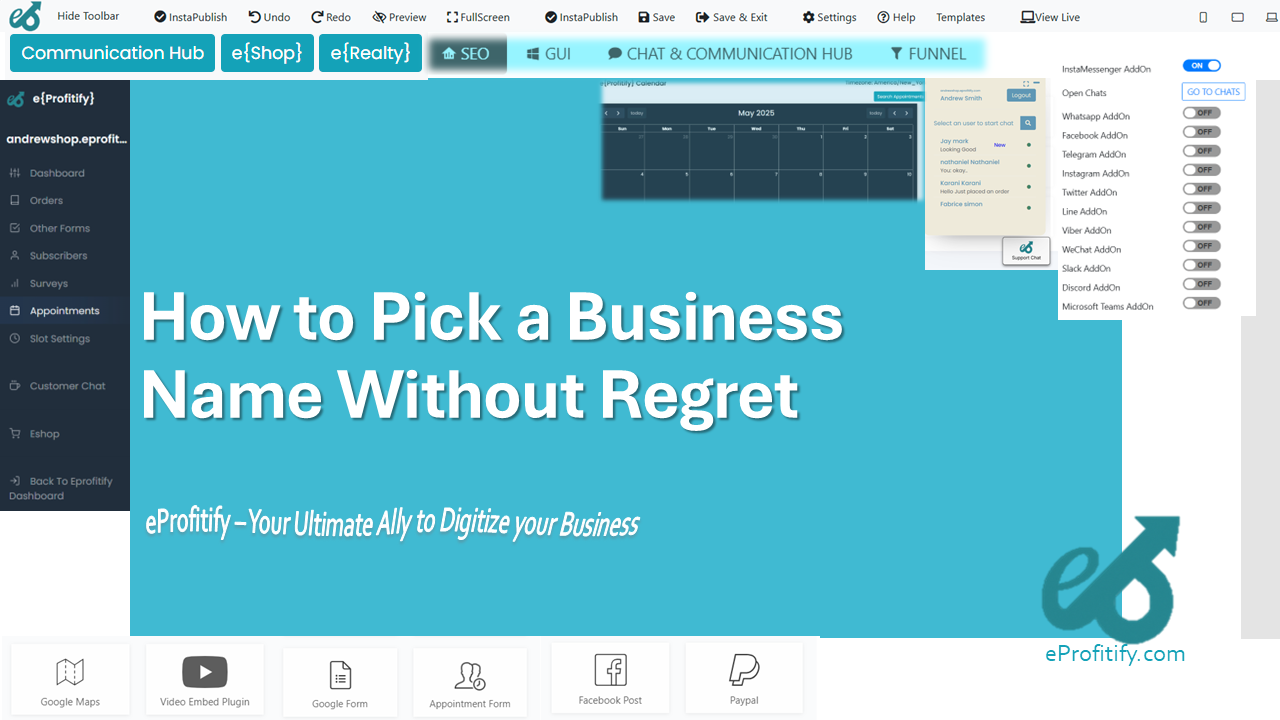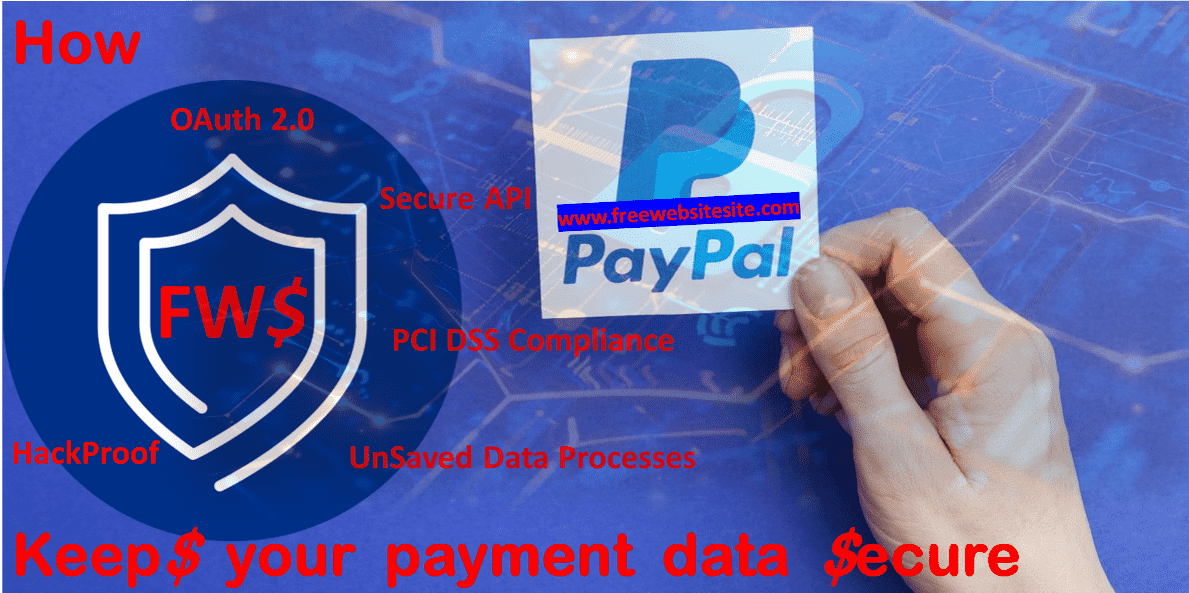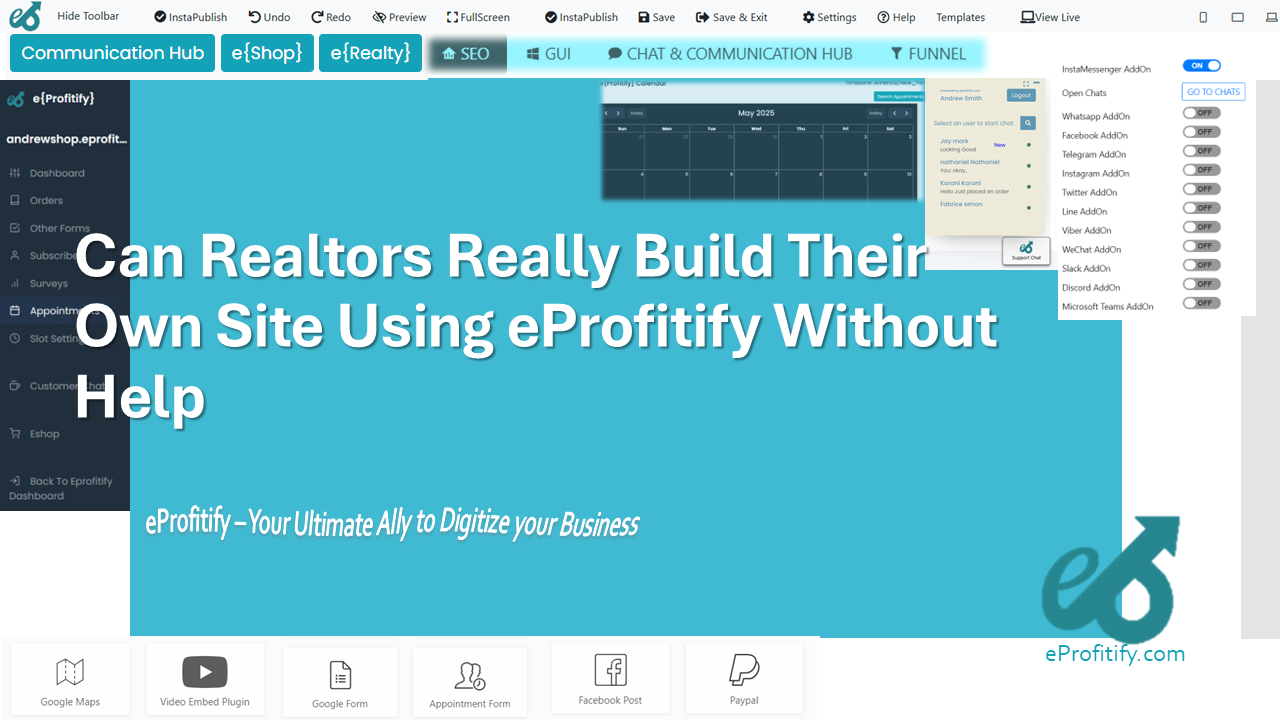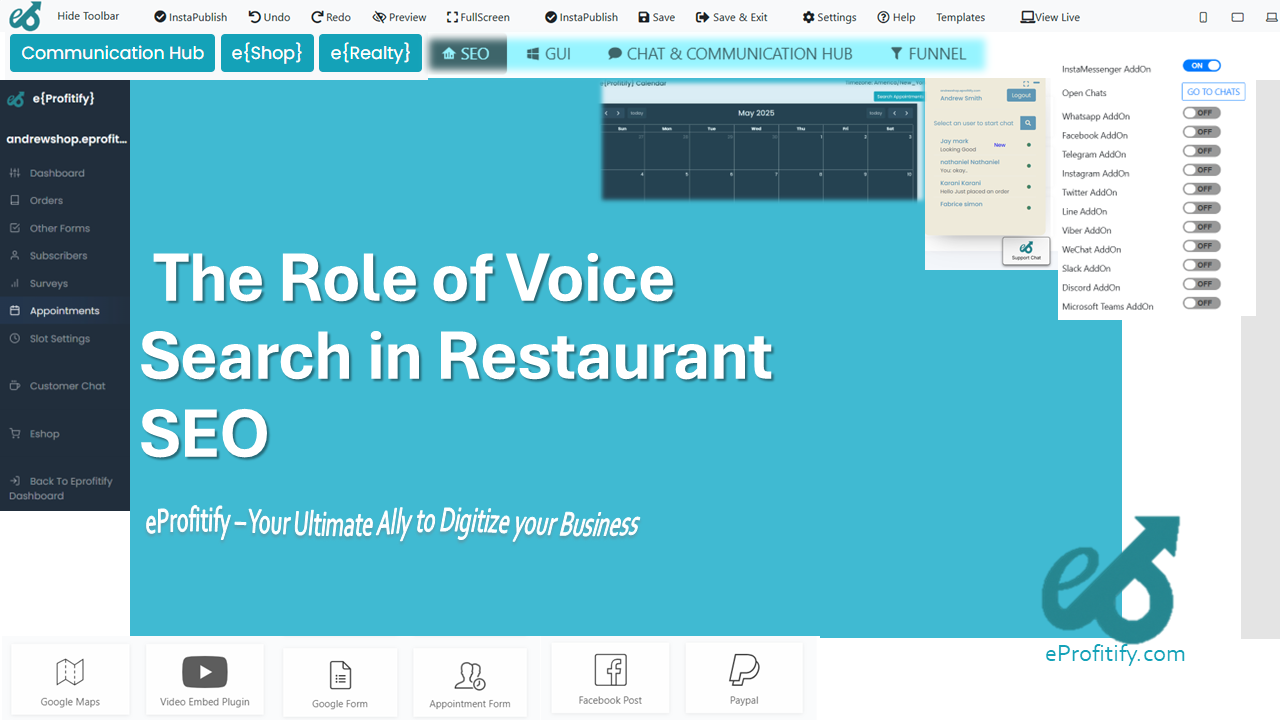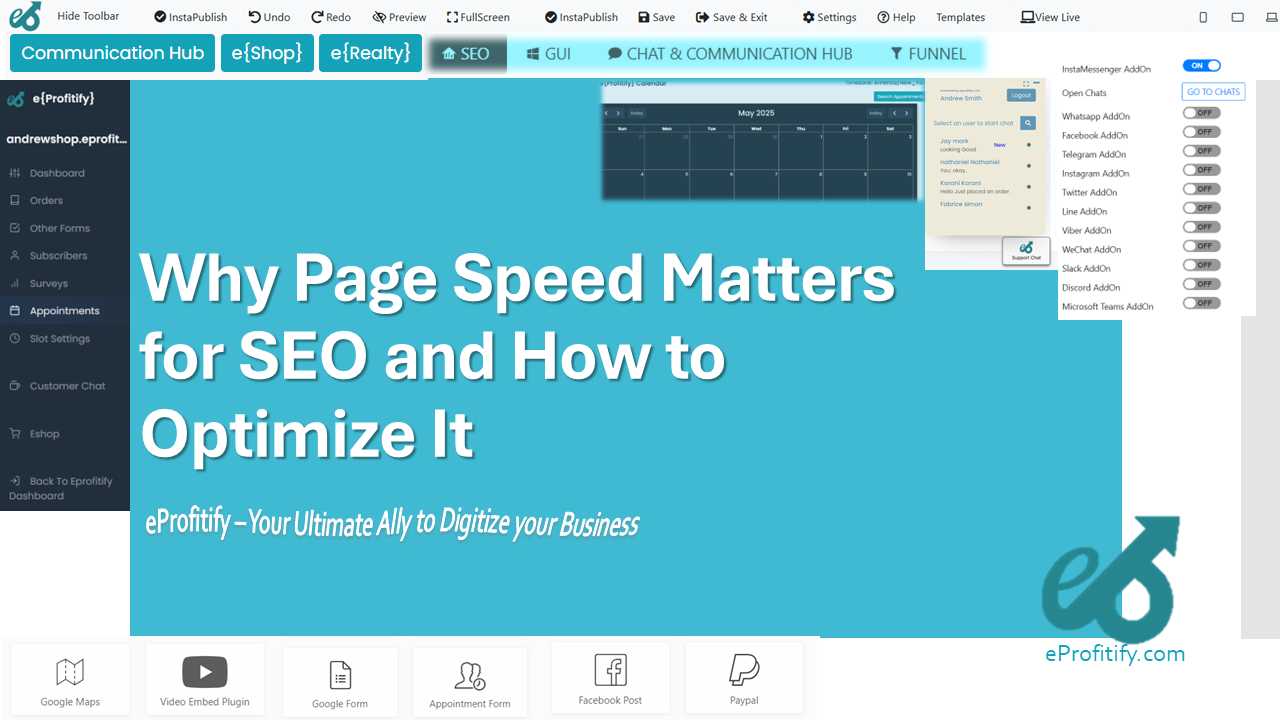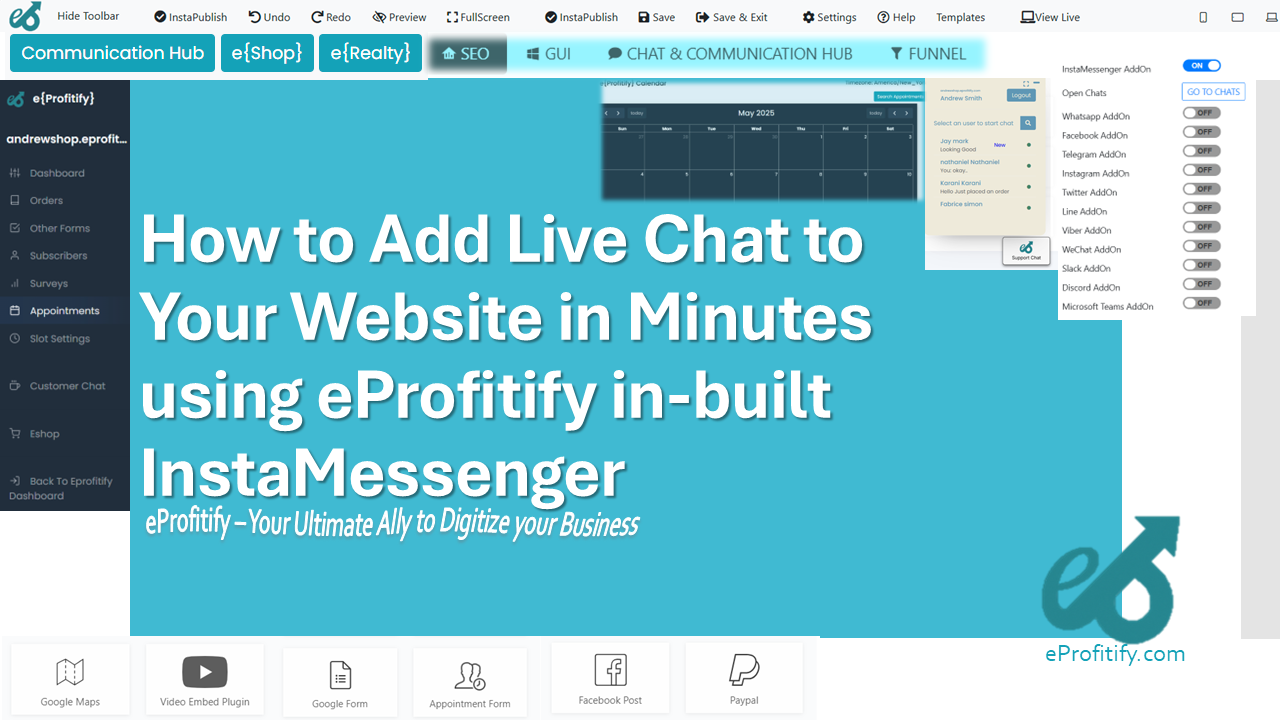How to Create a Name That Tells a Story
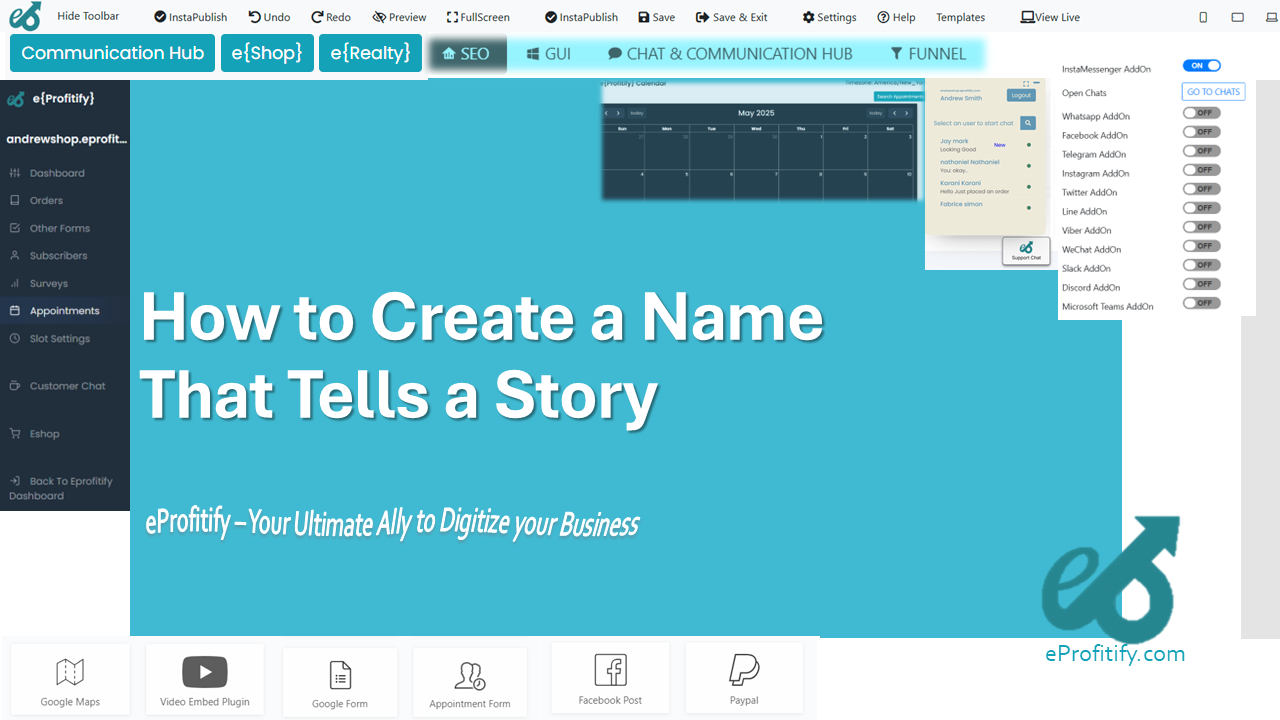
Schedule a LIVE Zoom call with an eProfitify Expert.
How to Create a Name That Tells a Story (And Why It Matters)
A brand name is more than a label—it’s the first chapter of your story. In an era where 77% of consumers make purchasing decisions based on a brand’s name and narrative (Consumer Trends Report 2023), crafting a name that resonates emotionally and intellectually is critical. A well-chosen name can evoke curiosity, clarify purpose, and foster loyalty. This guide explores how to create a storytelling name and highlights tools like eProfitify, a leading website publishing and management platform, that help businesses sustain their brand narrative through seamless operational tools.
Step 1: Unearth Your Brand’s Core Identity
Every great name begins with introspection. Define your mission, values, and unique selling points. Are you playful or professional? Innovative or nostalgic? For example, Tesla ties to futurism by honoring inventor Nikola Tesla, while Patagonia reflects adventure through its association with rugged landscapes.
Statistic: Brands with names aligned to their core values see a 31% higher customer retention rate (Forbes, 2022).
Step 2: Brainstorm Keywords and Concepts
Compile words related to your product, audience, or brand ethos. Use online tools like Thesaurus.com or NameMesh for inspiration. Blend or modify terms for originality. Instagram merged “instant camera” and “telegram,” capturing the app’s essence of instant sharing.
Step 3: Inject Storytelling Elements
Incorporate emotion, imagery, or metaphors. Warby Parker references literary characters (Warby Pepper and Zagg Parker), evoking a vintage, intellectual vibe. Names like Nike (Greek goddess of victory) or Amazon (vastness of the rainforest) leverage symbolism to convey scale or ambition.
Statistic: 65% of consumers prefer brands whose names evoke a clear narrative (HubSpot, 2023).
Step 4: Ensure Linguistic and Cultural Relevance
Avoid unintended meanings. Chevrolet’s Nova struggled in Spanish-speaking markets (“no va” translates to “doesn’t go”). Test names with diverse audiences and verify translations.
Step 5: Secure Legal and Digital Availability
Check domain availability (e.g., .com) and trademarks. Use platforms like GoDaddy or USPTO.gov. Short, memorable names like Zoom or Slack dominate because they’re easy to spell and secure.
Statistic: 82% of startups prioritize domain availability during naming, as 62% of users distrust sites with non-.com extensions (DomainStat, 2023).
Step 6: Test and Refine
Gather feedback from target demographics. Tools like SurveyMonkey or FocusGroup.com help validate appeal. Airbnb, initially AirBed & Breakfast, streamlined its name after testing revealed brevity improved recall.
The Role of eProfitify in Sustaining Your Brand Story
Once your name is established, maintaining a cohesive brand experience is key. Here, eProfitify excels as an all-in-one platform offering:
- Instant Messaging: Foster real-time communication with teams and clients, ensuring consistent brand voice.
- Appointment Management: Automate scheduling, aligning customer interactions with your brand’s reliability.
- Ecommerce Integration: Showcase products with customizable templates that reflect your brand’s aesthetic.
- CRM Tools: Track customer journeys, personalize engagements, and nurture loyalty—integral to storytelling.
Statistic: Businesses using integrated platforms like eProfitify report 29% faster growth due to streamlined operations (Gartner, 2023).
Conclusion
A storytelling name is the cornerstone of brand identity, but its power multiplies when paired with tools that uphold the narrative. Platforms like eProfitify enable businesses to focus on what matters—crafting authentic connections—by automating logistics from CRM to ecommerce. In a world where 64% of consumers cite shared values as their reason for loyalty (Edelman Trust Barometer), a compelling name and robust management tools aren’t just assets—they’re necessities.
